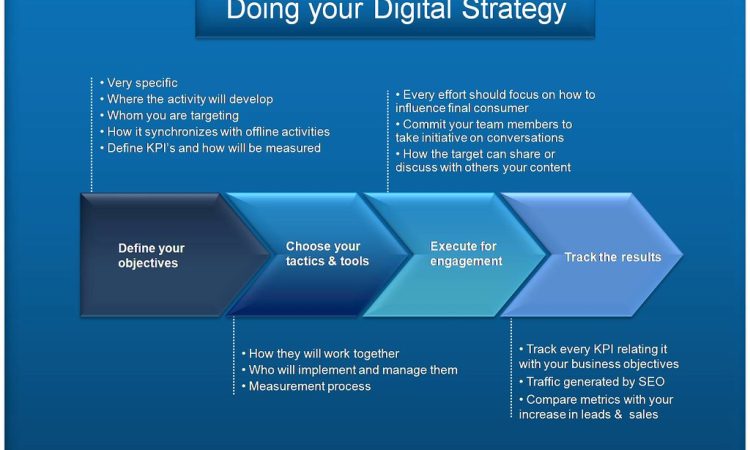In the rapidly evolving landscape of today’s business world, a robust digital strategy is the compass that guides organizations through the vast and dynamic digital frontier. As technology continues to shape industries and consumer behavior, it has become imperative for businesses to not just adapt but to thrive in this digital era. In this blog, we will explore the key components of a successful digital strategy and how it can propel your business to new heights.
The Foundation: Understanding Digital Strategy
Digital strategy is not just about adopting the latest technologies; it’s a holistic approach that encompasses the integration of technology into every aspect of your business. It involves aligning your organizational goals with digital initiatives to achieve sustainable growth. A well-defined digital strategy provides a roadmap for leveraging technology to enhance operations, improve customer experiences, and drive innovation.
Key Components of an Effective Digital Strategy
1. Clear Objectives and Goals
Define your business objectives and set measurable goals. Whether it’s increasing online sales, improving customer engagement, or streamlining internal processes, clarity in your objectives is crucial. These goals will serve as the foundation for your digital strategy.
2. Customer-Centric Approach
Understanding your target audience is at the heart of any successful digital strategy. Leverage data and analytics to gain insights into customer behavior, preferences, and pain points. Tailor your digital initiatives to enhance the overall customer experience, from online interactions to post-purchase engagement.
3. Integration of Technologies
Identify and integrate technologies that align with your business objectives. This could include adopting cloud solutions, implementing data analytics tools, or leveraging artificial intelligence for process optimization. The goal is to create a seamless and efficient digital ecosystem.
4. Cross-Channel Consistency
Maintain a consistent brand experience across all digital channels. Whether it’s your website, social media platforms, or mobile apps, consistency builds trust and reinforces your brand identity. A unified presence helps in creating a cohesive and memorable customer journey.
5. Agility and Adaptability
The digital landscape is in a constant state of flux. A successful digital strategy embraces change and remains adaptable. Regularly assess and update your digital initiatives to stay ahead of market trends and evolving consumer expectations.
Case Studies: Realizing the Impact of Digital Strategy
Illustrate the success stories of businesses that have effectively implemented digital strategies. Highlight specific challenges they faced, the strategies they employed, and the measurable outcomes achieved. Real-world examples provide valuable insights and inspiration for readers looking to embark on their digital journey.
